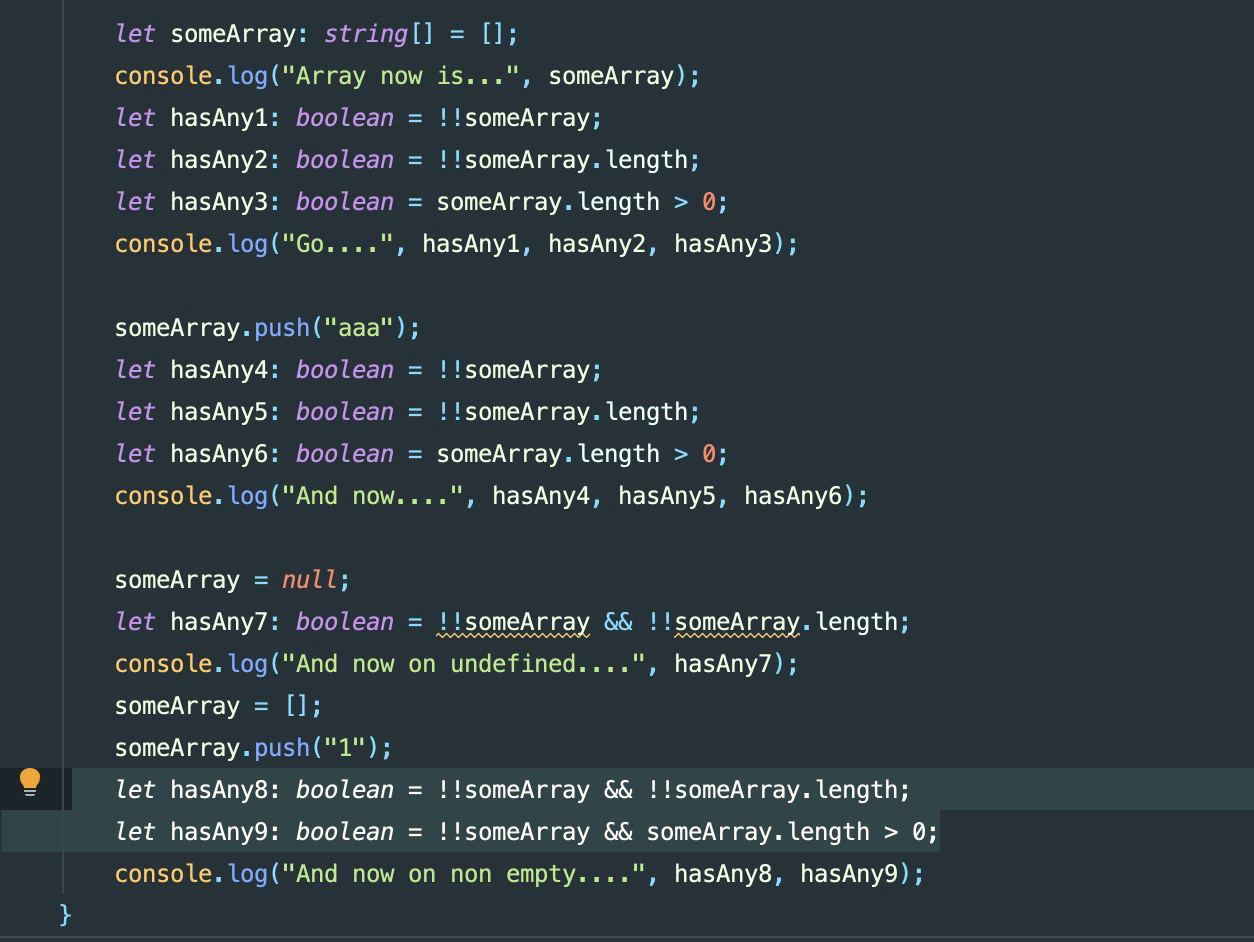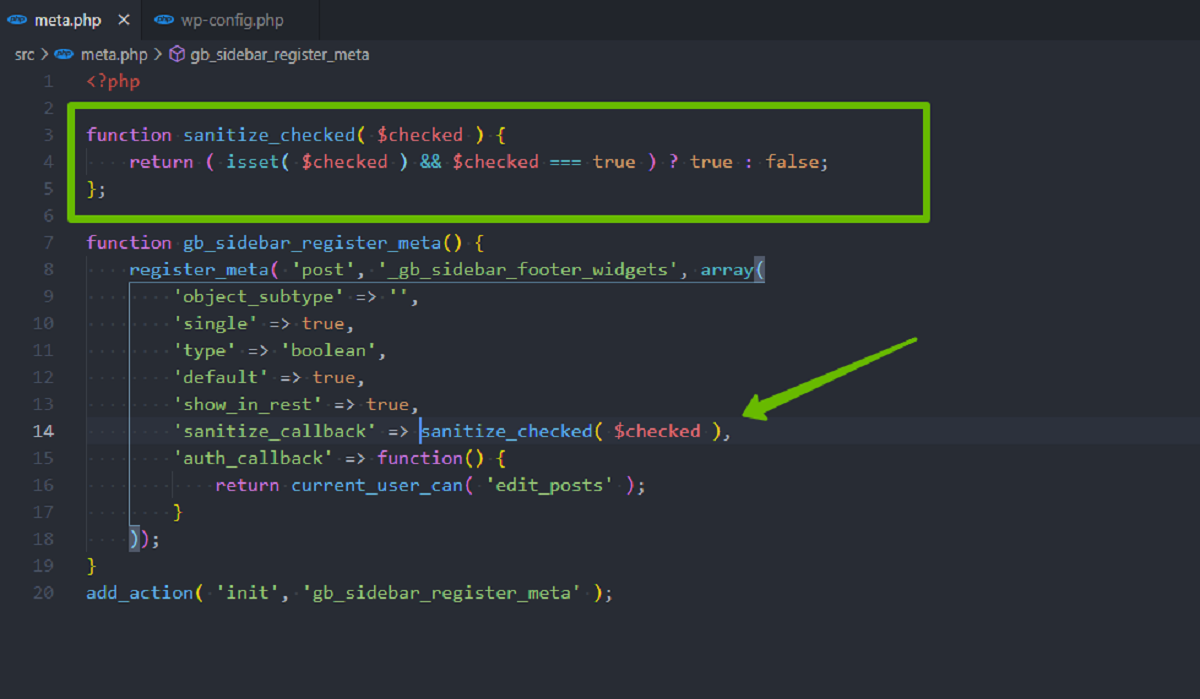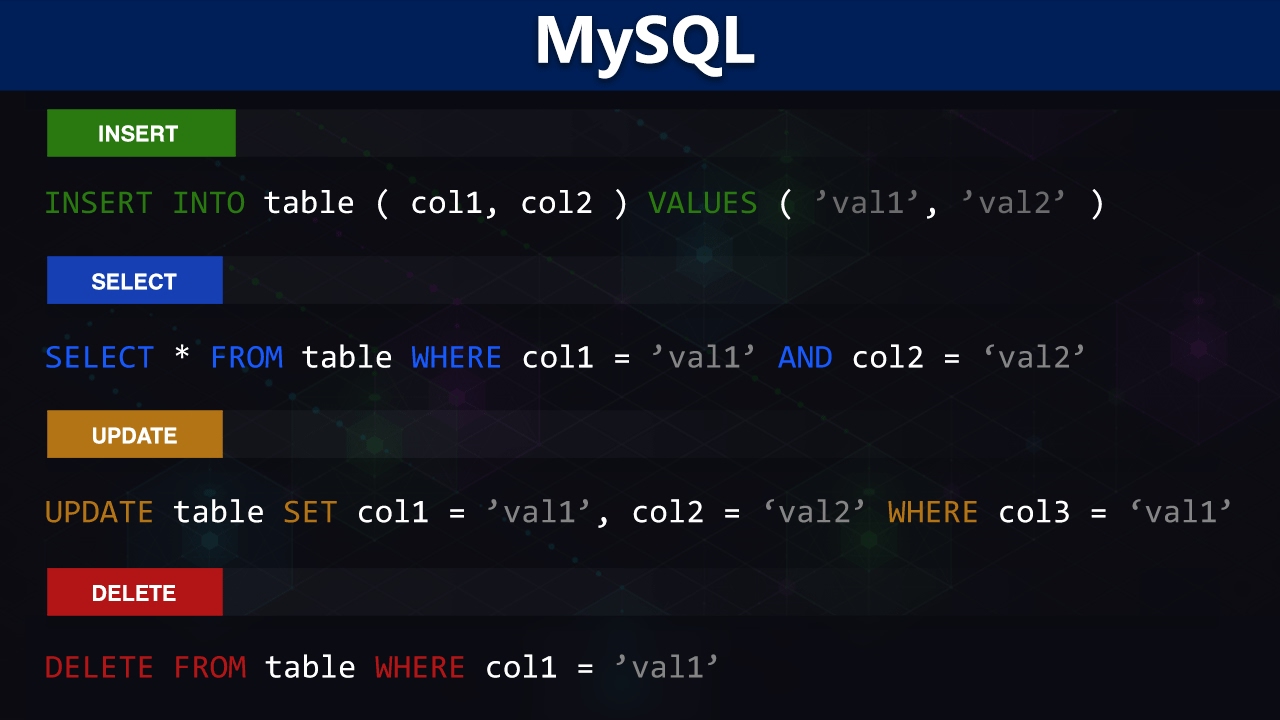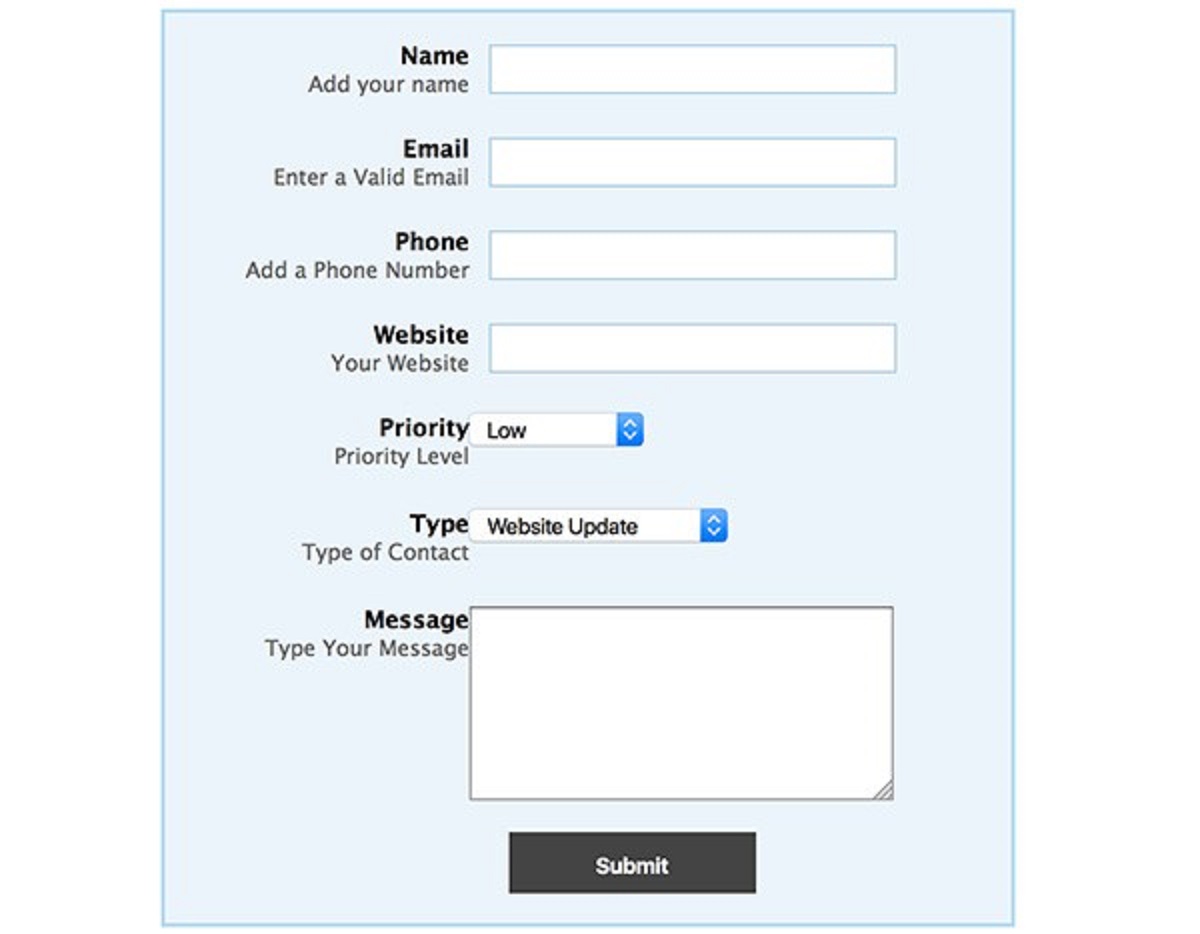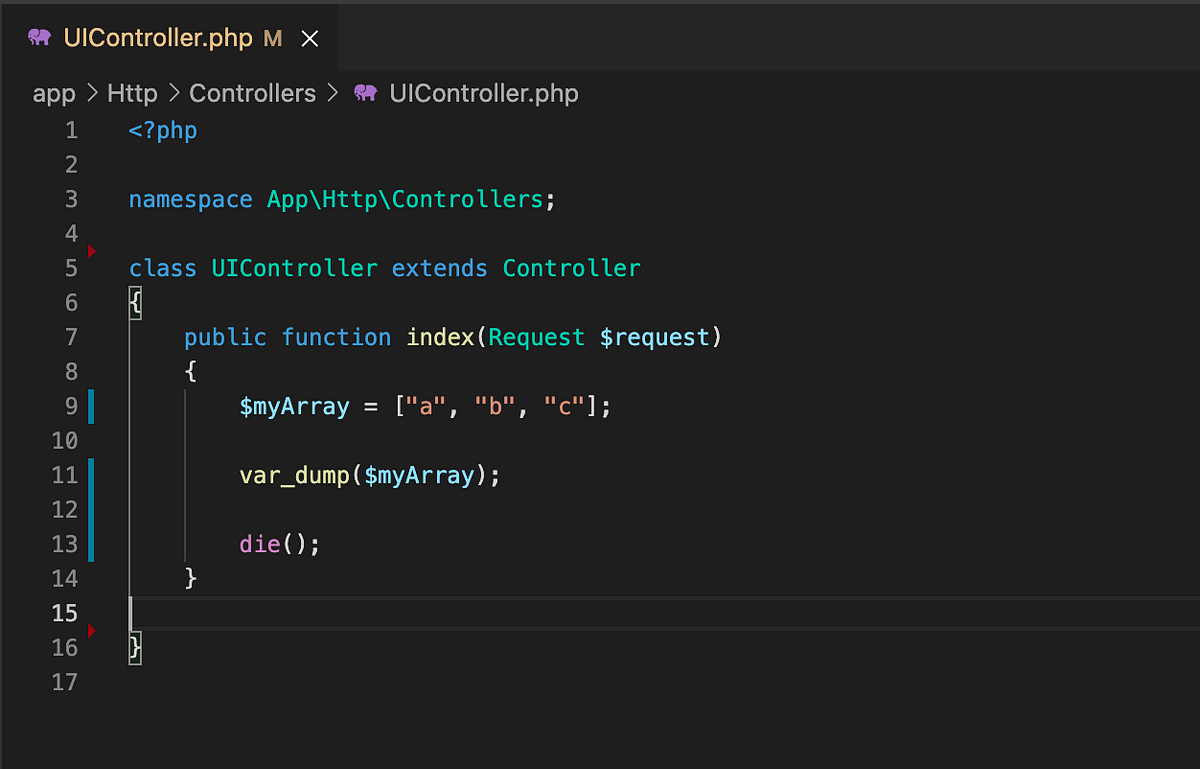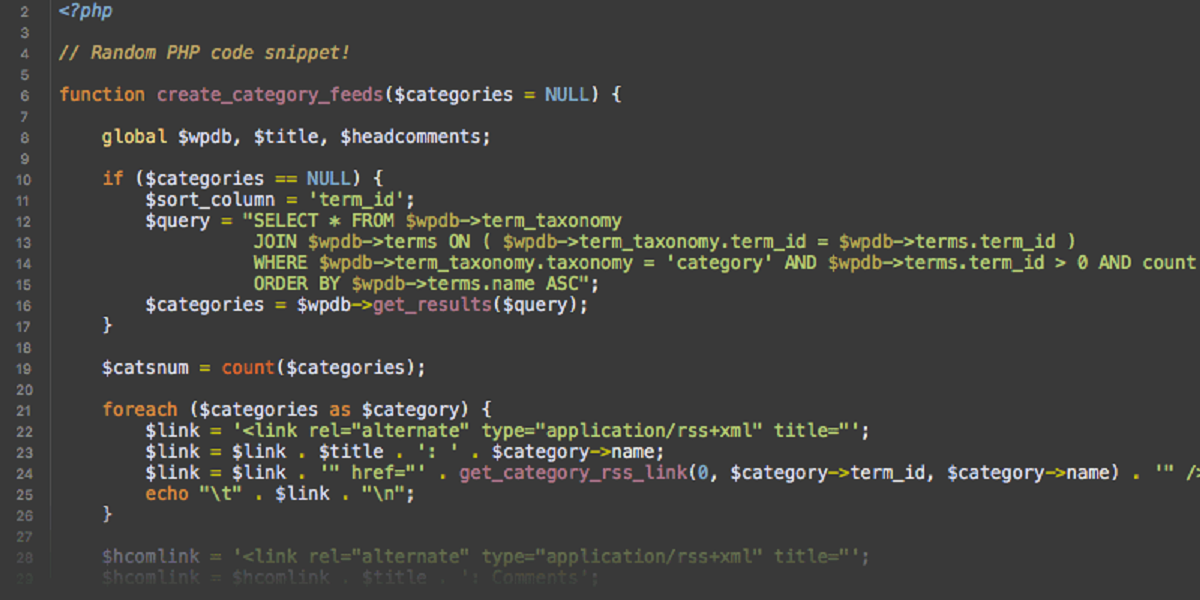Overview
Knowing how to check if an array is empty is a fundamental skill in PHP programming. It allows you to efficiently handle scenarios where you need to determine whether an array contains any elements or not. By identifying empty arrays, you can avoid errors and execute appropriate actions in your code.
In this article, we will explore several methods to check if an array is empty in PHP. These methods utilize built-in functions and techniques that are reliable and widely used by developers.
Whether you are a beginner or an experienced programmer, understanding these methods will help you write cleaner and more efficient PHP code. So, let’s dive into the different approaches to determine if an array is empty!
It is important to note that an empty array is defined as an array that does not contain any elements. This means that the array has no key-value pairs or empty slots.
Now that we’ve covered the basics, let’s proceed to explore the various methods that you can use to check if an array is empty in PHP.
Method 1: Using empty() function
One of the simplest and most common ways to check if an array is empty in PHP is by using the empty() function. This function is a built-in PHP function that evaluates a variable and returns true if the variable is empty (i.e., it has no value or contains only null). Otherwise, it returns false.
To check if an array is empty using the empty() function, you simply pass the array as a parameter, as shown in the following example:
php
$myArray = [];
if (empty($myArray)) {
echo “The array is empty.”;
} else {
echo “The array is not empty.”;
}
In this example, we define an empty array $myArray and use the empty() function to check if it is empty. If the condition evaluates to true, which means the array is empty, it will output “The array is empty.” Otherwise, it will output “The array is not empty.”
It’s important to note that the empty() function also considers an array with no elements as empty. Therefore, both arrays with no elements and arrays that have been explicitly set to an empty array using [] or array() will be identified as empty by the empty() function.
This method is simple and straightforward, making it a popular choice for checking an array’s emptiness in PHP. However, keep in mind that the empty() function may not work as expected if a variable is not set. To ensure reliable results, be sure to initialize the array before checking its emptiness with the empty() function.
Method 2: Using count() function
Another commonly used method to check if an array is empty in PHP is by using the count() function. The count() function is a built-in PHP function that returns the number of elements in an array.
To use the count() function to check if an array is empty, we can compare the result of the count() function to zero. If the result is zero, it means that the array does not contain any elements and is considered empty.
Here’s an example of how to use the count() function to check if an array is empty:
php
$myArray = [1, 2, 3];
if (count($myArray) == 0) {
echo “The array is empty.”;
} else {
echo “The array is not empty.”;
}
In this example, we have an array $myArray with three elements. We use the count() function to get the number of elements in the array and compare it to zero. If the count is equal to zero, it means the array is empty, and it outputs “The array is empty.” If the count is not equal to zero, it means the array is not empty, and it outputs “The array is not empty.”
It’s worth noting that the count() function works with both indexed arrays and associative arrays. Additionally, unlike the empty() function, the count() function will not be affected by a variable not being set, as it directly operates on the array itself.
This method provides a flexible way to check the emptiness of an array and can be used in various scenarios to handle different types of arrays.
Method 3: Using sizeof() function
In PHP, you can also use the sizeof() function to check if an array is empty. The sizeof() function is an alias of the count() function and behaves in the same way. It returns the number of elements in an array.
Using the sizeof() function to check if an array is empty follows the same approach as the count() function. You compare the result of the sizeof() function with zero to determine if the array is empty or not.
Let’s take a look at an example of how to use the sizeof() function to check if an array is empty:
php
$myArray = [];
if (sizeof($myArray) == 0) {
echo “The array is empty.”;
} else {
echo “The array is not empty.”;
}
In this example, we define an empty array $myArray and use the sizeof() function to get the count of elements in the array. Then, we compare the count to zero. If the count is zero, it means the array is empty, and the output will be “The array is empty.” If the count is not zero, it means the array is not empty, and the output will be “The array is not empty.”
Similar to the count() function, the sizeof() function works with both indexed arrays and associative arrays. It provides a convenient alternative to the count() function, especially if you are more accustomed to using sizeof() in other programming languages.
Remember that sizeof() is an alias of count(), and you can choose either of them based on your personal preference.
Method 4: Using array_key_exists() function
In PHP, you can determine if an array is empty by checking if any keys exist within the array using the array_key_exists() function. The array_key_exists() function allows you to check if a specific key exists in an array.
To use the array_key_exists() function to check if an array is empty, you need to pass in the key you want to check for existence. If the key exists in the array, it means that the array is not empty. Conversely, if the key does not exist, it indicates that the array is empty.
Let’s take a look at an example of how to use the array_key_exists() function to check if an array is empty:
php
$myArray = [“name” => “John”, “age” => 25];
if (array_key_exists(“name”, $myArray)) {
echo “The array is not empty.”;
} else {
echo “The array is empty.”;
}
In this example, we have an associative array $myArray with keys “name” and “age”. We use the array_key_exists() function to check if the key “name” exists in the array. If the key exists, it means the array is not empty, and the output will be “The array is not empty.” If the key does not exist, it means the array is empty, and the output will be “The array is empty.”
It’s important to note that using the array_key_exists() function to check for the existence of a single key in the array does not provide a comprehensive check for whether the array is entirely empty or not. It only checks for the existence of a specific key.
However, in certain scenarios where you only want to determine if a specific element exists, the array_key_exists() function can be a useful tool to check the emptiness of an array.
Method 5: Using array_shift() function
Another approach to check if an array is empty in PHP is by using the array_shift() function. The array_shift() function removes and returns the first element from an array.
To check if an array is empty using the array_shift() function, you can simply attempt to remove the first element of the array. If the array is empty, the function will return null. Otherwise, it will return the value of the first element.
Here’s an example of how to use the array_shift() function to check if an array is empty:
php
$myArray = [1, 2, 3];
$firstElement = array_shift($myArray);
if ($firstElement === null) {
echo “The array is empty.”;
} else {
echo “The array is not empty.”;
}
In this example, we have an array $myArray with three elements. We use the array_shift() function to remove and store the first element in the variable $firstElement. Then, we check if $firstElement is null to determine if the array is empty. If $firstElement is null, it means the array is empty, and the output will be “The array is empty.” Otherwise, if $firstElement has a value, it means the array is not empty, and the output will be “The array is not empty.”
This method has the side effect of modifying the original array by removing the first element. So if you want to preserve the original array, make sure to create a copy of it before using the array_shift() function.
The array_shift() function offers an alternative approach for checking the emptiness of an array, especially when you want to perform further operations with the first element of the array.
Conclusion
Checking if an array is empty is a common requirement in PHP programming, and several methods can help us achieve this. We explored five different techniques in this article: using the empty() function, the count() function, the sizeof() function, the array_key_exists() function, and the array_shift() function.
The empty() function is straightforward and works well when you want to check if an array variable has any elements or not. It considers both arrays with no elements and those explicitly set to an empty array as empty.
The count() and sizeof() functions provide a simple way to obtain the number of elements in an array and compare it to zero. They work with both indexed and associative arrays and are versatile for various scenarios.
The array_key_exists() function is useful when you want to check if a specific key exists in an array. However, it only checks for the existence of that particular key and does not provide a comprehensive check for the overall emptiness of the array.
Lastly, the array_shift() function allows you to remove and retrieve the first element from an array. By checking if the returned value is null, you can determine if the array is empty.
It’s important to choose the method that best suits your specific use case and coding style. Consider factors like performance, ease of implementation, and the specific requirements of your application.
With these methods at your disposal, you can efficiently handle empty arrays in your PHP code, ensuring smooth execution and optimal functionality.







